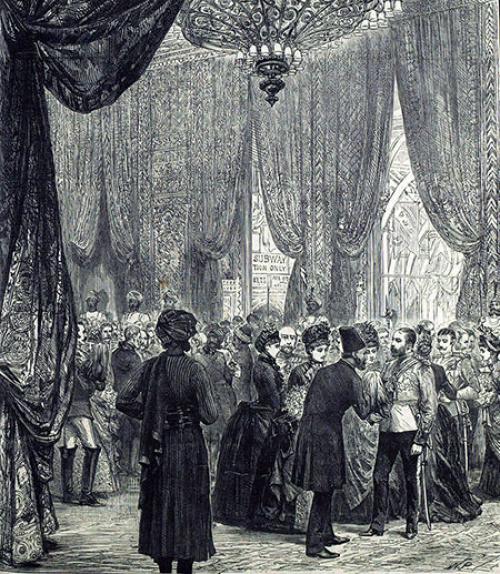This is an episode from the “What Makes Us Human?” podcast's third season, "What Do We Know about Love?" from Cornell University’s College of Arts & Sciences, showcasing the newest thinking from across the disciplines about the relationship between humans and love. Featuring audio essays written and recorded by Cornell faculty, the series releases a new episode each Tuesday through the fall semester.
When we’re asked what we know about love, many of us retreat to platitudes: love is blind, love conquers all, love thy neighbor.
Yet what we call love is historically specific; it’s not the same in eighteenth-century India or in twenty-first century United States. Love is also culturally specific. Around the world, we do not all love our partners, children, siblings, and friends in the same way.
In the eighteenth century, European men having conjugal relationships with Indian women was a fairly standard practice. Many of the men were young. They styled themselves as adventurers, entrepreneurs and explorers, and they found companionship among women who lived in port cities, royal courts, and military settlements. In addition to sex, many of these women also provided necessary domestic support to men setting up households in a new country.
The children of these unions, as mixed-race subjects, often found themselves in between cultures, neither white nor fully Indian (whatever that meant). When I began my research I believed in the idea that love, particularly conjugal love, could conquer all. I also believed in census statistics that show many nations are becoming more racially mixed (as is the United States). Some sociologists have argued that this leads to greater racial tolerance.
But despite its many mixed-race children, colonial India became one of the most racially stratified places in the world. It had clear social and legal guidelines that kept European men from publicly acknowledging their relationships with local women. The idea of “respectability” became crucial to colonial governance in India, as white women were valorized for modesty, sexual purity, and civility. Until the late nineteenth century, the figure of the Indian woman was understood as a subject of pity, horror and shame. Accounts of her poor treatment became a barometer of the backwardness of Indian society.
As I did my research, I wondered: was it possible for love to flourish in an environment where whiteness was so valued, particularly when some members of the family were not fully white? Did European men love their mixed-race children?
The historical evidence shows that European men frequently returned to Britain without their children. But there is more to this story of parental love. My research also found that many absent fathers had made provisions for their children in India. And in their wills, fathers left instructions that their children be educated in particular ways or be sent to the care of a trusted male friend.
The British government in India supported these arrangements to educate and integrate mixed-race children, as a way to ensure that such offspring did not return to Britain. Mixed-race children were sent to orphanages that were funded by donations from European army officers and contributions from the East India Company. Boys learned vocational trades, such as printing, or were sent to play instruments in regimental bands; girls were often married to low-ranking European soldiers.
But in a racial hierarchy where brown women were at the bottom, the racial logic of the interracial familial relationship meant that Indian women often lost their children when their male partners left or died. The eighteenth-century version of parental love accorded men the right to dictate what would happen to their mixed-race children. This was love of a particular kind, and it helped lay the foundations of the colonial state in India.




